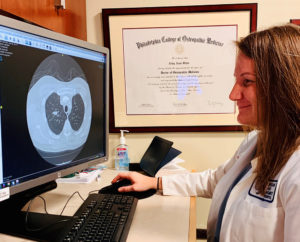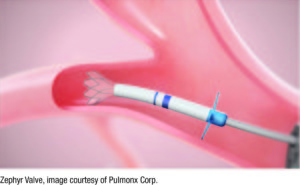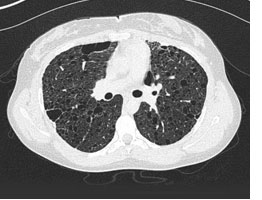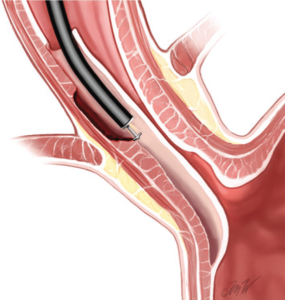Bringing Screening—and a Brighter Outlook—to More Lung Cancer Patients
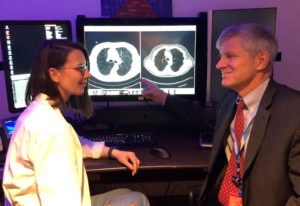 The landmark National Lung Screening Trial found that in high-risk individuals, low-dose CT (LDCT) screening reduced lung cancer mortality by 20 percent relative to chest X-ray. Nine years after those results were published, lung cancer remains by far the leading cause of cancer-related death. And yet, screening for this dangerous disease is lagging.
The landmark National Lung Screening Trial found that in high-risk individuals, low-dose CT (LDCT) screening reduced lung cancer mortality by 20 percent relative to chest X-ray. Nine years after those results were published, lung cancer remains by far the leading cause of cancer-related death. And yet, screening for this dangerous disease is lagging.
Read More
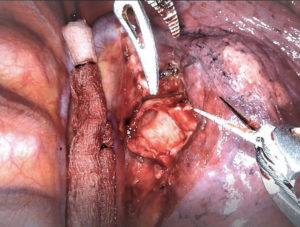 For years, general thoracic surgery was largely associated with open procedures such as thoracotomy, sternotomy and laparotomy. Minimally invasive techniques have steadily gained traction since the early 1990s, particularly for smaller procedures like wedge resection and pleural biopsy.
For years, general thoracic surgery was largely associated with open procedures such as thoracotomy, sternotomy and laparotomy. Minimally invasive techniques have steadily gained traction since the early 1990s, particularly for smaller procedures like wedge resection and pleural biopsy.